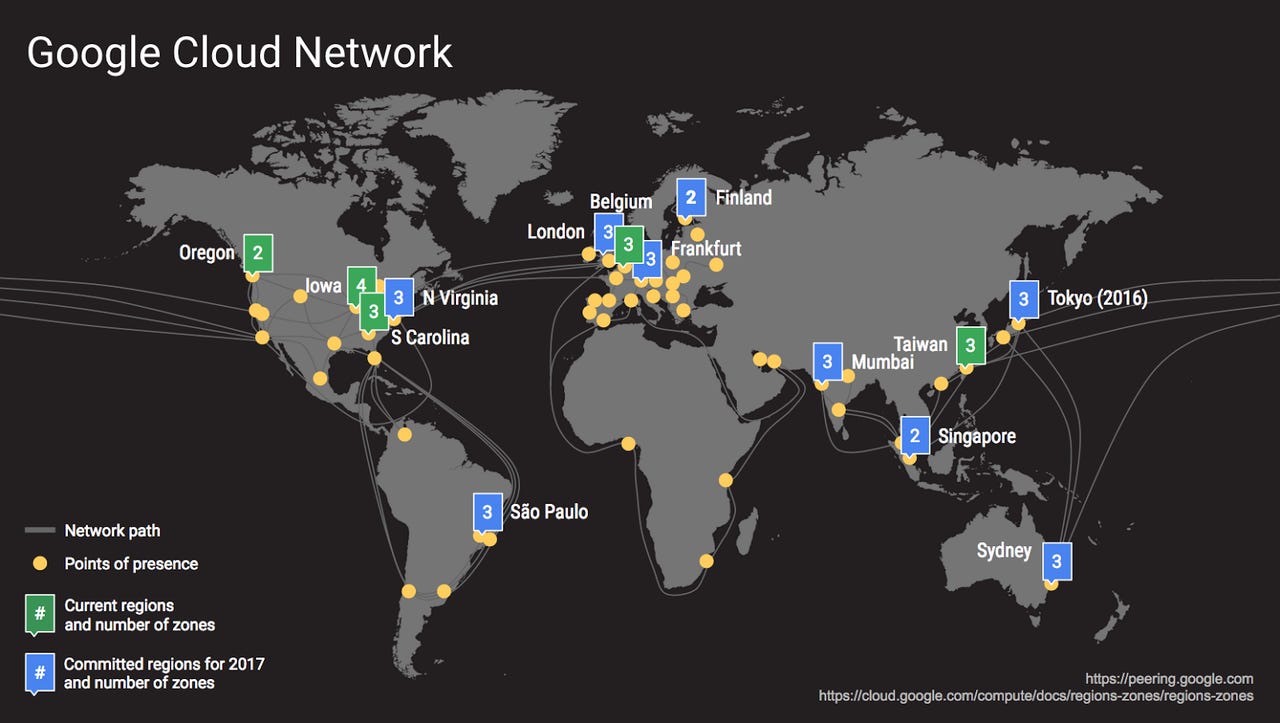Google Cloud aims to get customer service, integration down


Google unified its various enterprise cloud services under one moniker, Google Cloud, but perhaps its biggest move is getting its integration and customer service story straight.
As noted by Stephanie Condon, Google lumped its various enterprise lines under Google Cloud. In short, Google Cloud chief Diane Greene said her unit now is "the full power of Google in the Cloud." Indeed, Google had Google for Work, Google Cloud Platform, and Google Apps, Enterprise. Now it's all Google Cloud.
Rebranding is one thing; unifying Google services in a way that will resolve ongoing questions about how serious the search giant is about the enterprise is another. The questions about Google Cloud as an enterprise partner have dissipated, according to Greene. But Google's reputation for being in perpetual beta have hampered its standing as with a company where a CIO is going to go all-in for infrastructure.
Also: Google announces tools to "democratize" machine learning | Google rebrands enterprise business as Google Cloud | Kubernetes 1.4: One DevOps tool to rule all the containers
Time can alleviate those concerns. But case studies, customer wins, and better service can alleviate lingering questions a lot faster.
That's why Google Cloud's moves to scale its integration efforts, create templates for success, and engage large integrators are critical.
IaaS in 2016: Who can challenge Amazon? | Eight questions to ask before choosing an IaaS vendor | IaaS checklist: Best practices for picking an IaaS vendor
Among the moving parts:
- Google Cloud will have customer embeds. Google has created Customer Reliability Engineering (CRE), a program that aims to embed Google engineers with enterprises. These engineers would meld a customer's operations team with Google engineering expertise. CRE was tested out on Niantic, the company behind Pokemon GO's launch.
- The company is focusing on integrating multiple clouds via its Google Container Engine effort. The idea is that Kubernetes, the open-source container management system, will be able to deploy workloads across multiple clusters and clouds.
- Accenture announced an alliance with Google to develop industry-specific tools with Google Cloud technologies. The two companies will focus on retail, healthcare, consumer products, energy, and finance. Accenture will include everything from Android to apps to big data and machine learning. Google Cloud will also be integrated into Accenture's multi-cloud management platform.
None of these aforementioned moves are going to capture the imagination. Google already has capturing your imagination down well. What Google has lacked in the enterprise is the basic blocking and tackling needed to create quality customer engagements. In the end, the basics are going to go a lot farther than new technology in determining Google Cloud's success.